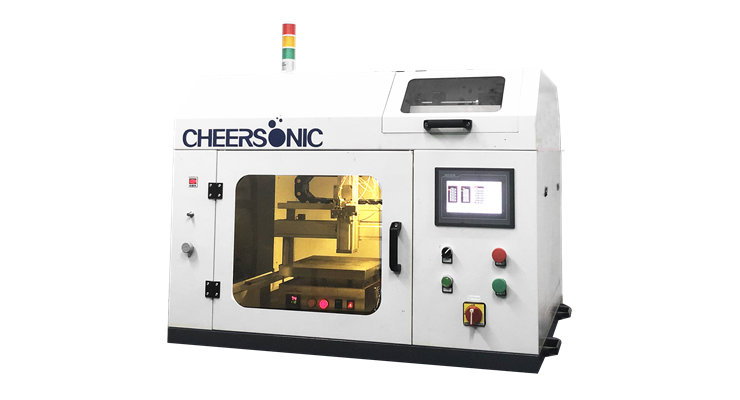Ultrasonic Spray For Electrode Coating
Ultrasonic Spray For Electrode Coating. Maximizing the use of Electrode in the Fuel Cell by ultrasonic spray
As a promising substitution to conventional power sources rely on combustion of fossil fuels, proton exchange membrane fuel cells (PEMFC) have attracted plenty of interest for various applications such as power sources for portable electronics, stationary power generation, and onto mobiles. At the present time, PEMFCs are still facing the challenges of cost as well as performance issues before they can be largely commercialized.
As an important part of the proton exchange membrane fuel cell, the electrode is to study how to reduce the Pt loading of the cathode without reducing the performance of the fuel cell, so that the large-scale commercialization of PEMFC can achieve further development.In order to reduce the Pt loading as well as improve the catalyst performance, carbon nanofibers (CNFs) directly grown on carbon paper is produced to act as novel catalyst support. This structure ensures that all the catalyst particles are in firm electrical contact with the carbon paper backings. Furthermore, CNFs possess higher electric conductivity, larger surface area and better corrosion resistance compared with conventional carbon black catalyst supports.
Due to these advantages the use of CNFs as catalyst support can improve the Pt catalyst utilization efficiency; the mass transfer properties of the catalyst layer and the durability. To further reduce the cathode Pt loading and improve the performance, a pulse current electrodeposition (PCE) based three-step method was developed and utilized to fabricate membrane-electrode assemblies (MEAs) cathodes with ultra low platinum loading. The purpose of this study is to improve the catalytic activity of platinum by alloying it with transition metals on oxygen reduction reaction occured at cathode side and to investigate the electrochemical and electrocatalytic characteristics of ternary alloys in PEMFCs.
This approach involves an electrodeposition process to establish an improved catalyst layer structure with better catalyst utilization efficiency, followed with a galvanic displacement and electrochemical dissolution process to produce core shell structured Pt-based alloy to improve the catalyst mass activity. The control of catalyst distribution uniformity on a 5 × 5 cm2 electrode prepared by this novel three step process was studied. It was found that density and porosity of the carbon black substrate affect the catalyst layer thickness and thus influence the performance, PtFeNi catalyst prepared on a dense carbon black substrate produces a catalyst layer thickness of 3-5 μm, while catalyst prepared on a loose carbon black substrate exhibits a thickness of about 10 μm. The MEA prepared with a loose carbon substrate cathode performs twice higher than that with a dense carbon substrate in a single cell test.
In terms of mass power output the PtFeNi cathode exhibits a 8 times higher performance than that of Pt cathode, while preliminary durability test was also carried out on the PtFeNi MEA, a good stability of the catalyst was proven.

Comments
Post a Comment